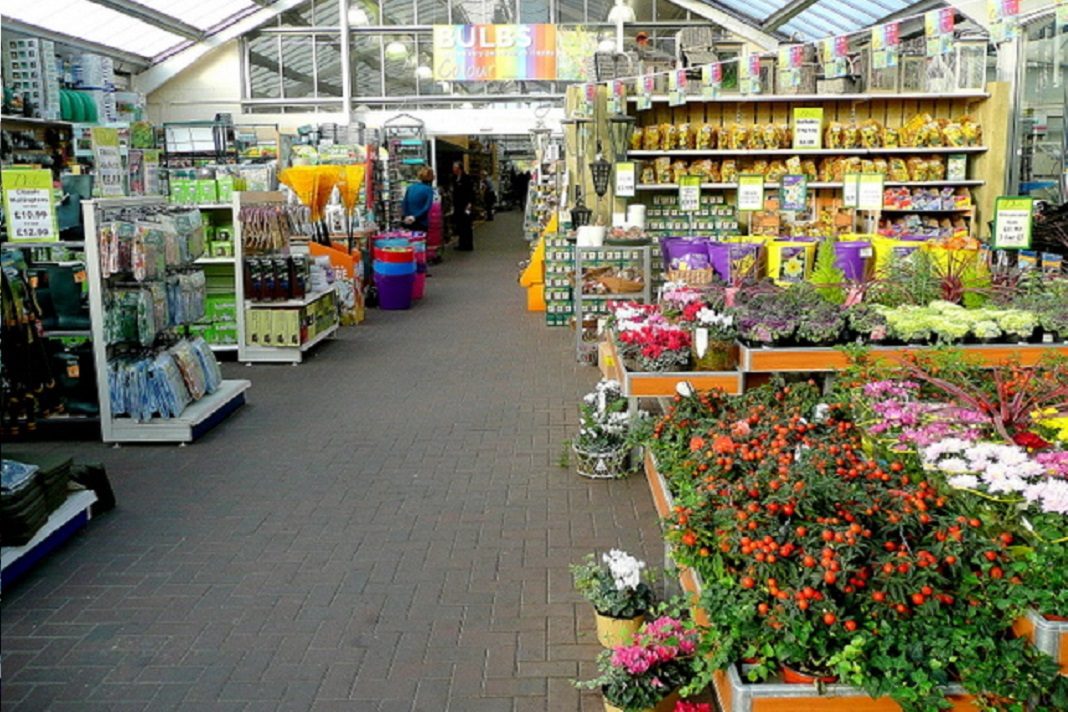When we talk about survival and consider our needs, food is usually at the top of the list. Being able to grow your own food certainly beats fighting a bunch of desperate people in the FEMA line. It’s great to have a supply of non-perishables, but that may not be good enough. If the crisis is extended, your supply will eventually run out; it is not a sustainable food source.
On top of that, canned and dry foods usually don’t provide the complete nutrition that your body needs. This is why you need an indoor garden. An indoor garden effectively serves as a sustainable source of nutrient rich foods and medicinal plants.
Even in the absence of a crisis situation, having your own fruit, vegetables and herbs will provide you with healthy, organic produce at a fraction of the cost.
There are many reasons to grow a garden indoors, the main one usually being space (if you live in the city or don’t have a large enough yard). Even if you live in the country and already have a garden, there are many benefits to starting one indoors:
- Produces year-round
- Hidden from prying eyes
- Additional food
- Easily accessible in your house
An indoor garden is not expensive to maintain, but you may need to make a small investment if you are just starting out. Here are the basic supplies you’ll need to get started:
Soil. You want to buy the best, nutrient-rich soil if you don’t have your own. To make your soil richer and your plants healthier, mix a bit of oyster shell/sand mix into your soil. Oyster shells provide the soil with lime and sand makes it lighter.
Containers. There are many choices of containers out there: from metal to plastic, to clay. They come in all shapes and sizes. If you are gardening on a shoestring, you can use whatever you have on hand. For example, cottage cheese or sour cream containers work well for some of the small plants, like chives, lettuce or parsley. Long, narrow planters work great for herb gardens because they fit well on a windowsill and allow you to have your entire herb garden in one place.
Seeds. The sprouting capacity of seeds is reduced dramatically as they age, so get fresh, non-GMO heirloom seeds to start your garden (you can start saving and using your own after your first set of plants matures). Not every plant will produce indoors (some of them need to be pollinated), so do your homework before stocking up on seeds that won’t do you any good.
Grow lights. If you don’t have a sunny spot for your garden, you will need to buy grow lights. They provide the sunlight that your garden needs to grow.
Plant food. Buy some regular fertilizer (the type you would use for an outdoor garden), dilute it, and use the solution weekly on your indoor plants.
Trays. Consider buying seed trays to use for sprouting seeds. If you plan on eating sprouts, they are especially convenient since you can fit a ton of seeds in one tray.
When you have all of your supplies on hand, designate space or spaces for your garden and get to work. Make sure that your plants get lots of light, plenty of water and fertilizer. In a crisis situation, a guy who gets crops year-round in his basement has a clear advantage over the frantic scavenger.
For more in-depth information about indoor gardening, check out The Expert Prepper’s Family Survival Garden, an excellent resource written by my friend Dan Sullivan.
To your survival,
Richard Marshall













